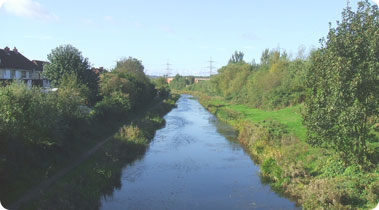- home ›
- canals & rivers ›
- walsall canal ›
- history
History of the Walsall Canal

The Walsall Canal runs for seven miles from Ryders Green Junction to Walsall Town Wharf. Having lain underused for years the line and surrounding area, much of which now falls within the development corridor of the Black Country Spine Road, have been given fresh impetus by various initiatives particularly along the formerly derelict Walsall Town Arm. Once on the cusp of being lost forever the arm has been refurbished to include mooring facilities for visitors; an innovative new art gallery is at the end of the arm and a noted arboretum lies nearby.
Walsall Gasworks were still using canal transport until late into the commercial-carrying age and tanker specialists Thomas Clayton undertook their last journey from here with a load of crude tar in 1966. The Anson Branch connected with the Bentley Canal and on to the Wyrley & Essington until abandonment in the early 1960s. The Bradley Branch ran from Moorcroft Junction to the Wednesbury Oak Loop until it too was abandoned around the same time. The Gospel Oak and Monway Branches together with various basins and spurs, all long derelict, are an indication of how important the line once was in the economy of the area.
At Tame Valley Junction the Tame Valley Canal Canal branches off towards Birmingham; the Lower Ocker Hill Branch once serviced the eponymous power station. The Tipton Green & Toll End Communication connected with the main line at Tipton and until its abandonment in the 1960s it offered an alternative route from Ryders Green, which tended to become very busy. At the bottom of Ryder's Green the derelict Danks Branch linked with the Tame Valley whilst the Haines Branch served brickworks.

